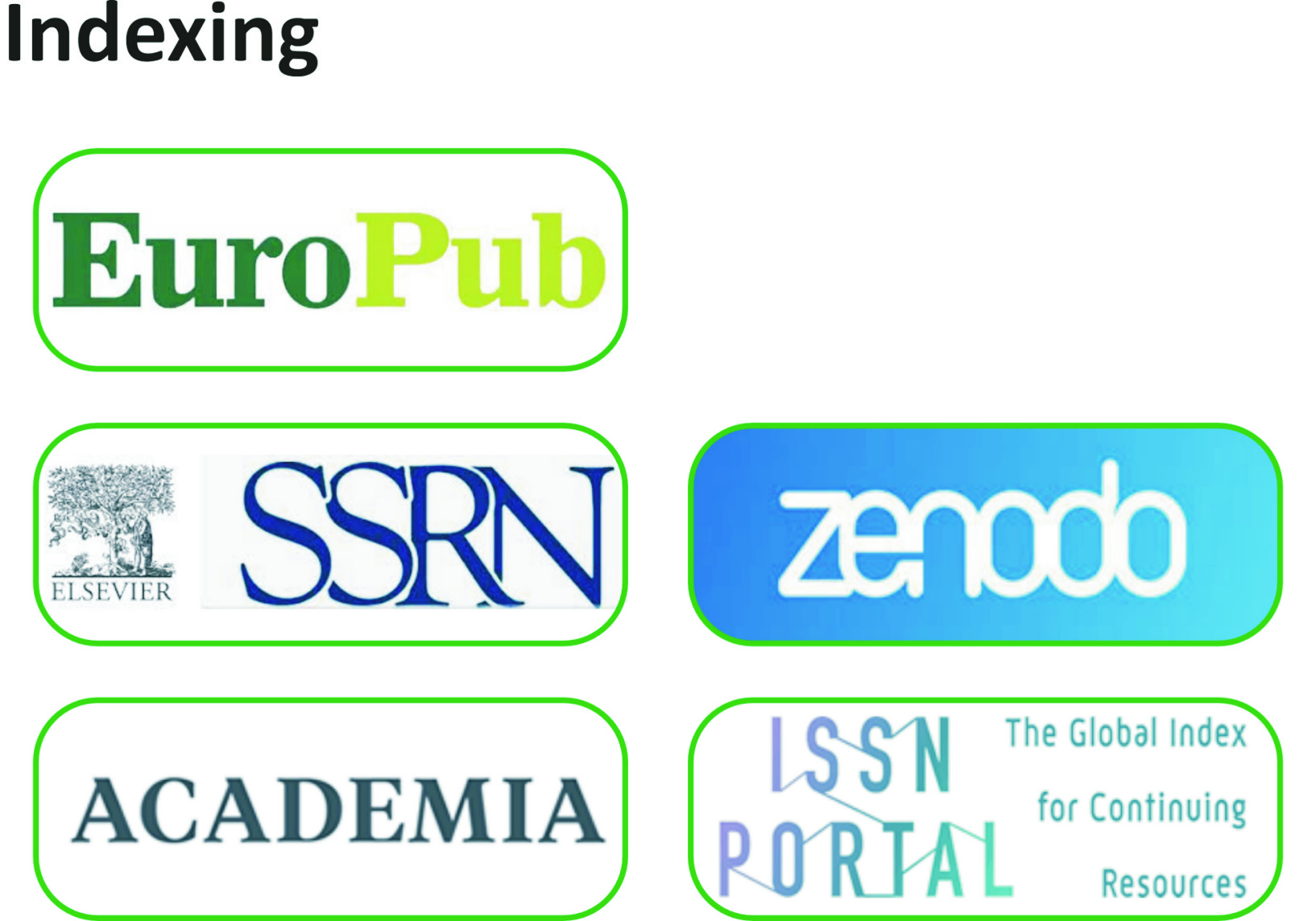Decoding Digital Gender Struggles: An In-Depth Analysis of Sexism in Modern Online Spaces
Abstract
We are living in the age of social media, which plays a huge role in altering the perspectives of men and shaping their behavior toward oppressive communities to maintain their patriarchal position. Patriarchy manifests through social media platforms in many ways. This research investigates how patriarchal norms and values are perpetuated and reinforced through social media platforms in Pakistan. The study aims to uncover the subtle and overt ways patriarchy is normalized and reproduced by examining the content, interactions, and user behaviors within these digital spaces. The visibility of online comments and sexist remarks on talk shows impacts the normalization and acceptance of patriarchal behavior in broader society. Men develop their perspectives through social media and then exhibit toxic behavior through comments to show dominance and promote a patriarchal structure. Specifically, the research explores how social media reinforces gender stereotypes and promotes discriminatory attitudes. Theories serve as the foundation for framing the study's proceedings, explaining how men learn and perpetuate dominant behaviors. Social media contributes to this process by prioritizing content that aligns with users' beliefs and behaviors. These repeated observations and reinforcement of dominant male behaviors lead to their normalization and the acceptance of sexist remarks as part of patriarchal norms. What was once seen as exceptional becomes perceived as standard. Men often observe influential figures on social media, particularly those who exhibit dominant and assertive behaviors. The study uses both surveys and interviews to gather information. Another key element is a content analysis of the Aurat March and content related to feminism from 2023–2024, examining how the visibility of online comments impacts the normalization and acceptance of patriarchal attributes. Online survey questions, comments, and interview analysis serve as research tools. Through a mixed-methods approach, including content analysis and surveys, this study seeks to contribute to a deeper understanding of the complex interplay between technology, culture, and gender inequality in Pakistan. The findings contribute to the growing knowledge of the intersection of technology, gender, and culture in Pakistan. Gender issues arise from invisible psychological influences, as men learn from their environment and perpetuate dominant behaviors. The research reveals how media develops patriarchal and dominant perspectives and attributes among individuals. In a patriarchal system, male-dominant groups control social media and shape the minds of people to manifest patriarchy and normalize dominant attributes and sexist behavior on these platforms.






